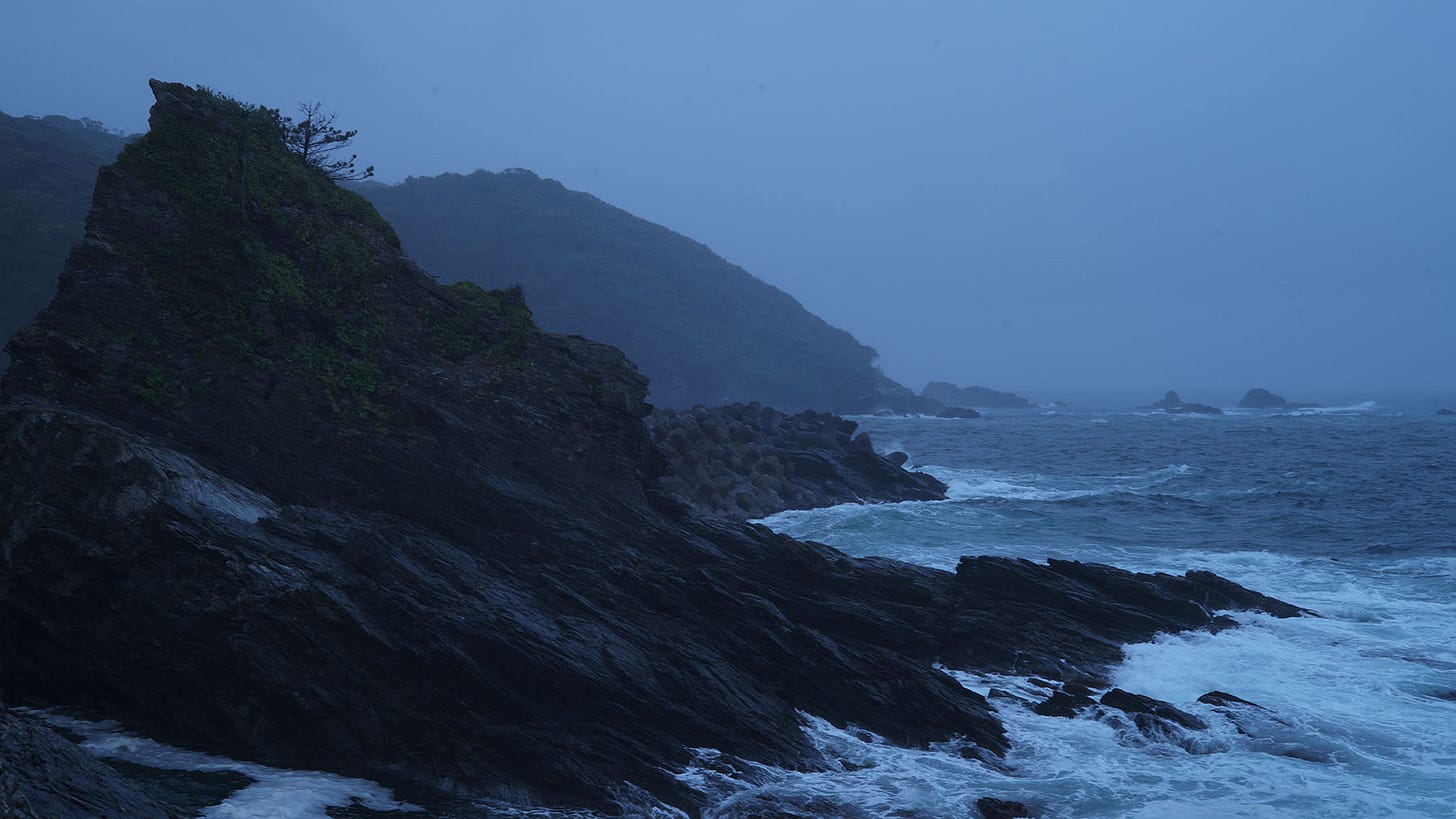Shinto Renaissance Born from a Fateful Night
1763.5.25: A Fateful Night That Transformed Japan
In the mid-Edo period, Japanese classical studies, known as Kokugaku (国学, National Learning), reached a major turning point. One of the pivotal figures of this movement was the Kokugaku scholar Kamo no Mabuchi (賀茂真淵, 1697–1769). Mabuchi inherited the scholarly achievements of his predecessors, such as Keichū (契沖) and Kada no Azumamaro (荷田春満), who laid the groundwork for Kokugaku. Building upon their legacy, Mabuchi developed his own distinctive scholarly system, contributing significantly to the advancement of Kokugaku and profoundly influencing intellectual movements of later generations.
At the heart of Mabuchi’s scholarly pursuits was his exhaustive study of the oldest Japanese poetry anthology, the Man’yōshū (万葉集). His research was far from merely interpreting the words of these ancient poems; rather, it was a grand intellectual journey aimed at uncovering the spirituality, lifestyles, and the fundamental concept of the “Way” (道, michi) deeply valued by ancient Japanese people, as expressed within these poems. Through his studies, Mabuchi identified a unique poetic style in the Man’yōshū known as “masuraoburi” (ますらおぶり), characterized by its unadorned simplicity, robust masculinity, and grand spirit. Mabuchi positioned this style as an authentic expression of an idealized ancient Japanese spirit, distinctly different from later refined and graceful styles called “taoyameburi” (たおやめぶり), and the Chinese-influenced “karakuniburi” (からくにぶり). His lifelong quest to explore and revive this genuine and unadulterated ancient spirit eventually led Mabuchi to dream of deciphering another classical text after the Man’yōshū.
This was the Kojiki (古事記). Completed in 712 AD, the Kojiki, despite being Japan’s oldest extant text, had long remained inaccessible due to its peculiar script and difficult vocabulary. Mabuchi believed that the Kojiki held the most vital key for unraveling the pure spirit and thought of ancient Japan.



